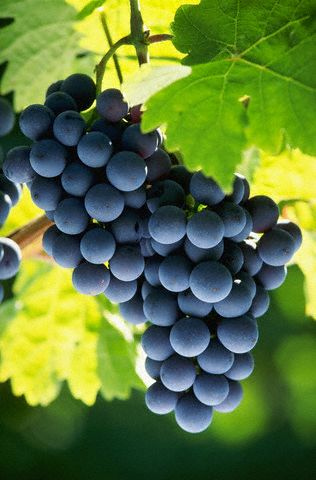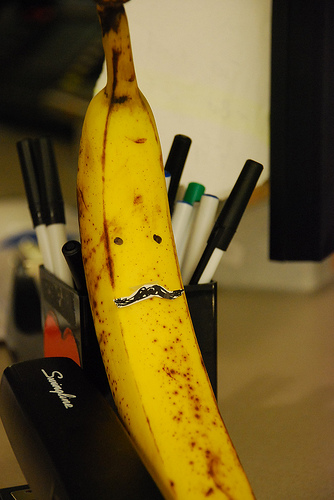Adding Japanese To Desu
“Knowledge is love and light and vision.” – Helen Keller
Instead of using English words for the nouns like we have been, you’ll now replace them with real Japanese words. You don’t have to learn these words right now, that’s not what’s important here – I just want you to focus on the grammar part (the desu part) and continue practicing.
| Hiragana | Romaji | English |
|---|---|---|
| ぶどう | budou | grape(s) |
| ばなな/バナナ | banana | banana |
| さる | saru | monkey |
| いちご | ichigo | strawberry |
| かぼちゃ | kabocha | pumpkin |
There will be a series of images (including the word in Japanese), and I’d like you to follow the directions provided with each image.
Budou (grapes)
1. Write “budou” in hiragana.
a ぶどう
2. How would Yoda say “It is a grape”?
Grape, it is (you get extra credit if you do the Yoda voice)
3. How do you say “it is” in Japanese?
a “desu” / です
4. Replace “it is” from Yoda’s sentence with the Japanese word for “it is.”
Grape desu
5. Now replace the word “Grape” with the Japanese word for grape. How do you say “it is a grape” in Japanese?
a Budou desu / ぶどう です
Great job, now for another picture.
Banana (Banana)
As you can see, the Japanese word for banana is… “banana.” This means that the Japanese word for “banana” is really just a foreign word in disguise. Do you know what “Japanese Alphabet” you would use to write “banana” in, since it’s a foreign word? Look it up if you can’t figure it out on your own.
Banana would be written in Katakana since it is a foreign word adopted into the Japanese language.
1. Using your katakana chart, figure out how to write Banana in katakana. Remember how hiragana and katakana share the same sounds? Find Ba, na, and na, and write them in katakana.
バナナ
2. Now that you have “banana” in katakana, how would you write “it is a banana” in Japanese? Write everything else in hiragana. Use your hiragana chart if you need to.
Banana desu / バナナです
3. Did you notice how in the previous answer there were no spaces between バナナ (banana) and です (desu)? When it comes to written Japanese, there are actually no spaces, which is another reason why kanji is so important! It’s used to separate words from each other, otherwise it all gets mushed together. I’ll be separating words out for a little while in this text, though, as it will make things easier to read while we don’t have any kanji to break things up for us.
4. Say “banana desu” out loud. Don’t pronounce “banana” like you normally would in English, this is incorrect! Use the sounds we learned in the hiragana chapter.


